Understanding the Cleanroom Certification Process: A Step-By-Step Guide
The journey towards achieving cleanroom certification is marked by precision, dedication, and a thorough understanding of the standards required. Cleanrooms play a pivotal role in industries where the smallest contaminants can significantly affect production outcomes and product quality. This guide shines a light on the essential steps and preparation needed to navigate the certification process successfully.
The Importance of Cleanroom Certification in Various Industries
Cleanroom certification is a crucial element across various industries, including pharmaceuticals, biotechnology, and electronics manufacturing, where the tiniest particles can significantly impact product integrity. This certification signifies that a cleanroom meets specific, stringent standards for air purity, surface cleanliness, and operational protocols, thereby ensuring that products are manufactured in a controlled and contaminant-free environment.
In sectors like aerospace and optics, the certification serves not just as a marker of compliance with industry standards but also as a competitive differentiator in the market. It reassures clients and stakeholders of the company's commitment to quality and reliability, making it an indispensable asset for companies seeking to bolster their reputation and guarantee the exceptional quality of their products.
Understanding the Basics of Cleanroom Certification Standards
The backbone of cleanroom certification lies in a set of internationally recognized standards, such as ISO 14644 and Federal Standard 209E. These standards define the classification of cleanrooms based on the number of particles, measured in microns, allowed per cubic meter of air. Understanding these standards is the first step towards designing and operating a cleanroom that meets the rigorous requirements for certification.
These standards not only classify cleanrooms but also set the protocols for testing and monitoring air and surface cleanliness, equipment performance, and personnel behaviors within the cleanroom. Familiarity with these guidelines is critical for anyone involved in the design, operation, or maintenance of cleanroom facilities, as compliance ensures the highest level of cleanliness and operational efficiency.
Preparing for Cleanroom Certification: What You Need to Know
Preparation for cleanroom certification involves a comprehensive audit of your cleanroom's design and operational processes. This preparation includes evaluating the cleanroom's HVAC system, filtration efficiency, and the cleanliness of surfaces and equipment. Additionally, personnel training on proper cleanroom behavior and contamination control practices is essential for maintaining the integrity of the cleanroom environment.
Another key aspect of preparation is documenting all procedures and protocols related to cleanroom operations. This documentation should cover everything from cleaning procedures and maintenance schedules to air quality testing and incident management plans. Having these documents in order ensures that the cleanroom operates according to the established standards and guidelines, facilitating a smoother certification process.
Engaging with a reputable certification body early in the process can also provide useful insights into specific areas of concern or improvement. Their expertise and experience can guide you through the nuances of the certification process, helping to identify potential obstacles before they become issues.
Step-By-Step Guide to the Cleanroom Certification Process
The first step in the cleanroom certification process is to conduct a thorough self-assessment against the relevant standards to identify any areas of non-compliance. Following this, any necessary adjustments should be made to the cleanroom design and operating procedures to meet the required standards.
After ensuring compliance with the standards, the next step involves engaging a certified cleanroom testing agency to perform the initial certification assessment. This assessment includes a series of tests such as particle counting, air pressure differentials, and airflow rates to verify that the cleanroom meets the specified cleanliness class.
Following a successful initial certification, the cleanroom undergoes periodic recertification and continuous monitoring to maintain its certification status. This ongoing process ensures that any deviations from the prescribed standards are quickly addressed, keeping the cleanroom operational and compliant.
Maintaining Your Cleanroom Certification: Best Practices and Recommendations
Maintaining a cleanroom certification requires a commitment to continuous improvement and rigorous adherence to cleanroom protocols. Regular training sessions for personnel, coupled with frequent cleaning and maintenance schedules, are key factors in preventing contamination and ensuring ongoing compliance with cleanroom standards.
Implementing a robust environmental monitoring program is also crucial. Such a program should include routine testing for airborne particles, surface contamination, and microbial presence to detect and rectify any deviations from the established standards.
Lastly, staying informed about changes in cleanroom technology and standards is essential for maintaining a state-of-the-art cleanroom. Regular reviews of cleanroom procedures and equipment should be conducted to identify opportunities for improvement, whether through upgrades to existing systems or the integration of new technologies.
Sealing the Deal of Excellence
Achieving cleanroom certification is a testament to a facility's commitment to maintaining the highest standards of cleanliness and operational excellence. Every step taken towards this certification not only contributes to improving product quality and safety but also reinforces the industry's trust in your capabilities. Remember, cleanroom certification is not just a badge of honor; it's a continuous commitment to innovation, precision, and quality.

